French research institute researchers at Pondicherry have taken on digital technology with the funding of the British Library with rare photographs of over 100 ancient photo studios across Tamilnadu.
The camera technology introduced in India during the British era was well advanced by digital technology today
In this scenario, France-based inspector Joey Hadley and Ramesh Kumar from Pondicherry are engaged in documenting the black-and-white photographs taken from 1880 to 1980 in studios operating 80-100 years.Researchers say that the film has taken over a dozen thousand photographs so far.The study of photovoltaic studios in south India should be conducted twenty years ago, says chief researcher Joey Hadley.
"When photographing hundreds of studios in eight cities across Tamilnadu, the photographs got very damaging in many places. Apart from the studios, many homes kept their old photographs in the labyrinth. We bought fantastic, culturally important photos in the market of old products. It was possible to see that some people sold photographs without knowing the grace and value of the old, "said Joey.
A review researcher Ramesh said that taking photographs as a part of the study and trying to adjust the glass naked pieces that were previously used before the film's introduction
The result of this study has been documented by the rare photos at the Nallappillai photo studio in Kumbakonam in 1879.
Ranganathan, who runs the Nallappillai Studios for the fourth generation, said, "I was so happy when digital researchers filmed copies of the pictures taken by me. I have collected glass pieces of glass. You do not know if you have a studio business in a decade. But the pictures preserved by this study will help us to get to know the history of studios, "he said.
Researchers say that the films from the original Studios have been deposited in the old city of Madras since they started in 1930 and became a symbol of the Mylapore area.
When we went to the studio's studio, we could see that there is an old cameras called Dagrio today.
Anand explained that the cameras used to take a look at the upside-down image, pokes, cover their heads with the cloth and take a minute to take pictures.
"The history of the Dogrio camera is also unknown to some photographers. There is now a way to take a photo if you have a smartphone without any understanding of the light system to take pictures, "says Anand, who runs the Truth Studio for the third generation.
Anoand says Joey and Ramesh Kumar have come up with the valuable photographs in the studio for several days and explained their value.
"Our ancestors were the natives of the Hyderabad Nizam family. The pictures of the Hyderabad Nizam family are with the old Madras photos of my grandfather Sathiyanarayana Raju who came to Madras. It was helpful for us to convert the temple theaters in Chennai to Chennai, the pictures of the old city of Chennai, as digital films, "Anand said.
The reasons for the collapse of the studio industry
Ramesh described the reasons for such collapsed studios falling out: "Many studios have seen the filmmakers come up with color technology. There was a lot of investment to print the paintings. Then came the digital technology and cellphone to make a decision to go to the studio and do not give the film to a wedding. "Ramesh said many of the studios were shut down because the studio became a very expensive business.
The missing cameras and humans in the cell phone world
It is challenging to take the studio in the face of their self-centered personalities, says Nallappillai Studios' director Ranganathan. "When investing in a camera during my grandfather's shop, there was no problem for up to five years. Now that we are getting a new camera market everyday, we too need to invest more and buy modern cameras. There are many costs of computer software. "As many studios have written the final chapter, researchers have also taken note of the photographer's records that at least the precious historical photographs in the studios are stored in digital technology.
"Several studios were familiar with family studios in more than a hundred studios. There were only studios conducted by women. In the introduction of photographs, the victims had a habit of shooting. Exclusive photographer has been to take pictures of death events. They had to pay a high price for the third day of the pooja, "said Ramesh. Researchers say that the rare photographs of the film and the history of the artists who postpone the camera will soon be uploaded to the Internet.
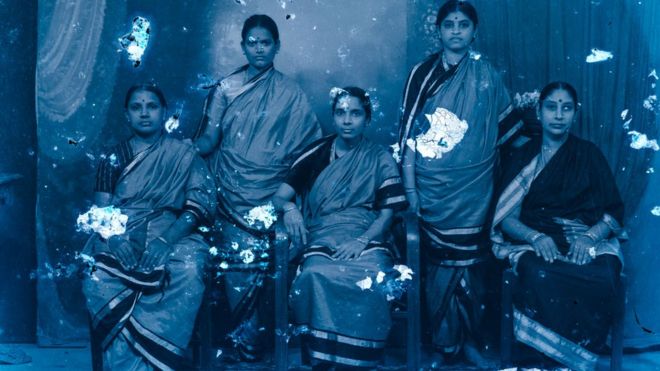
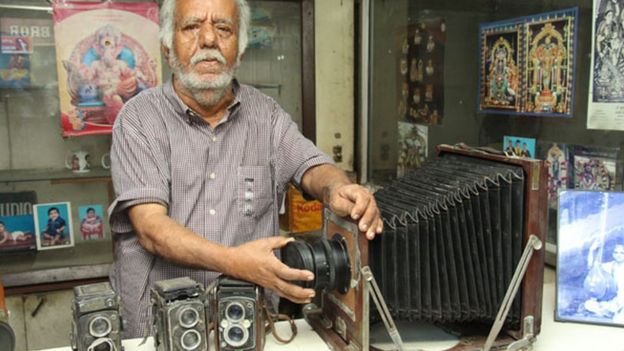
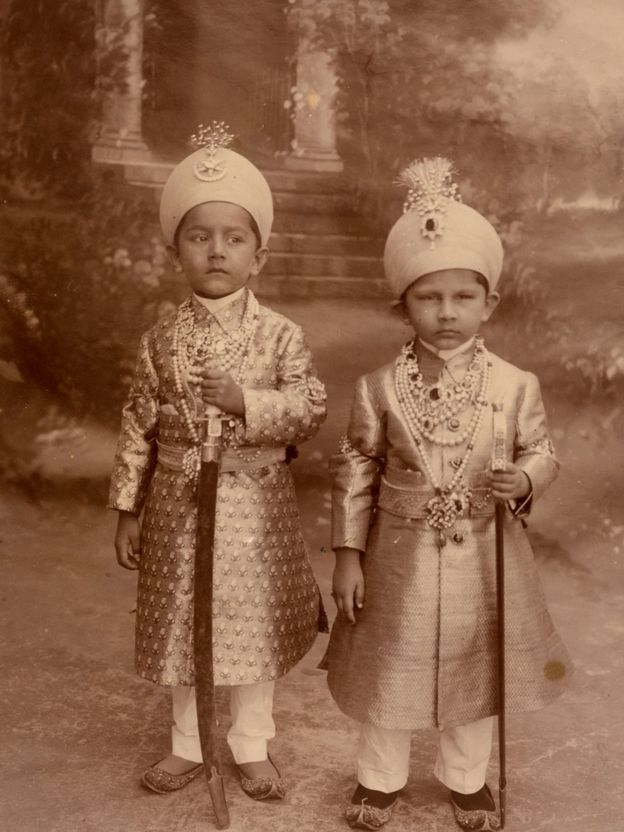
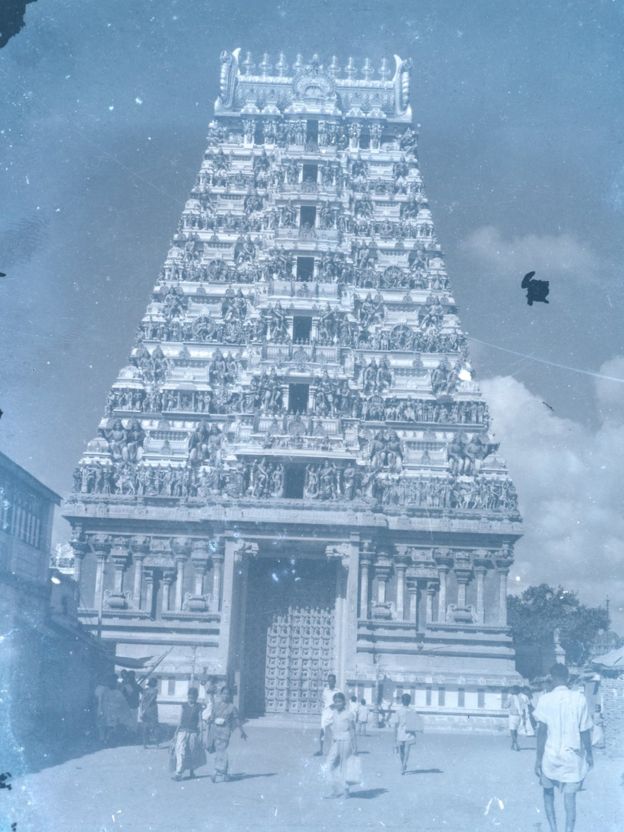
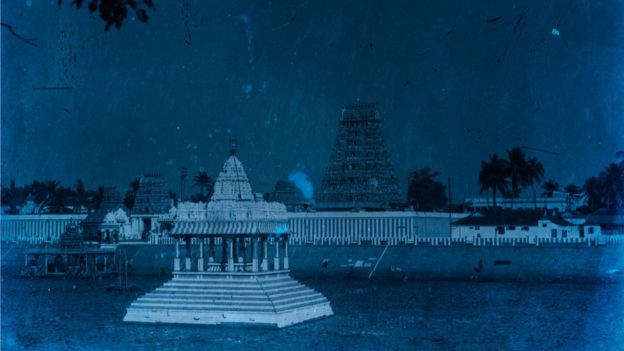
Comments
Post a Comment